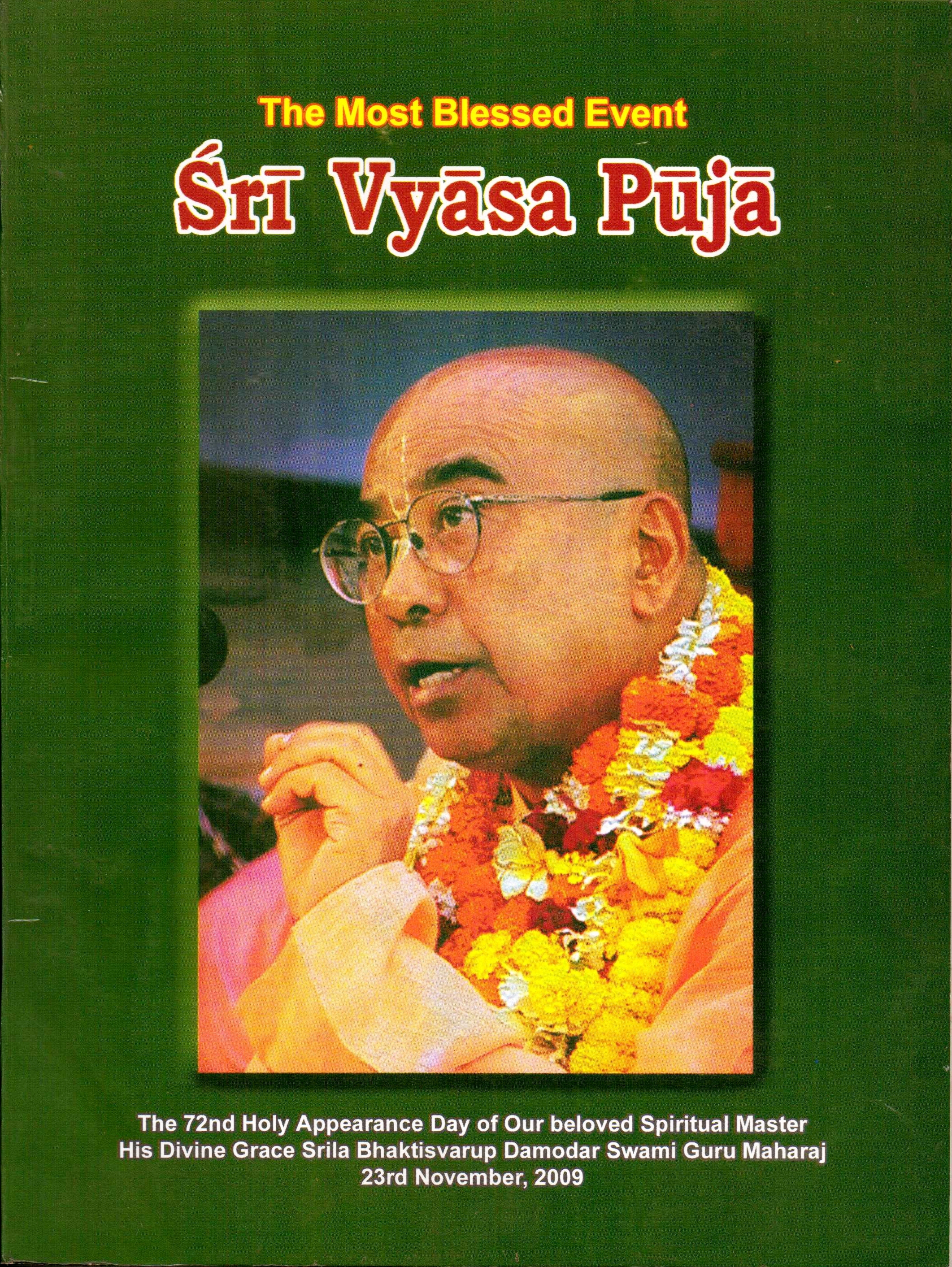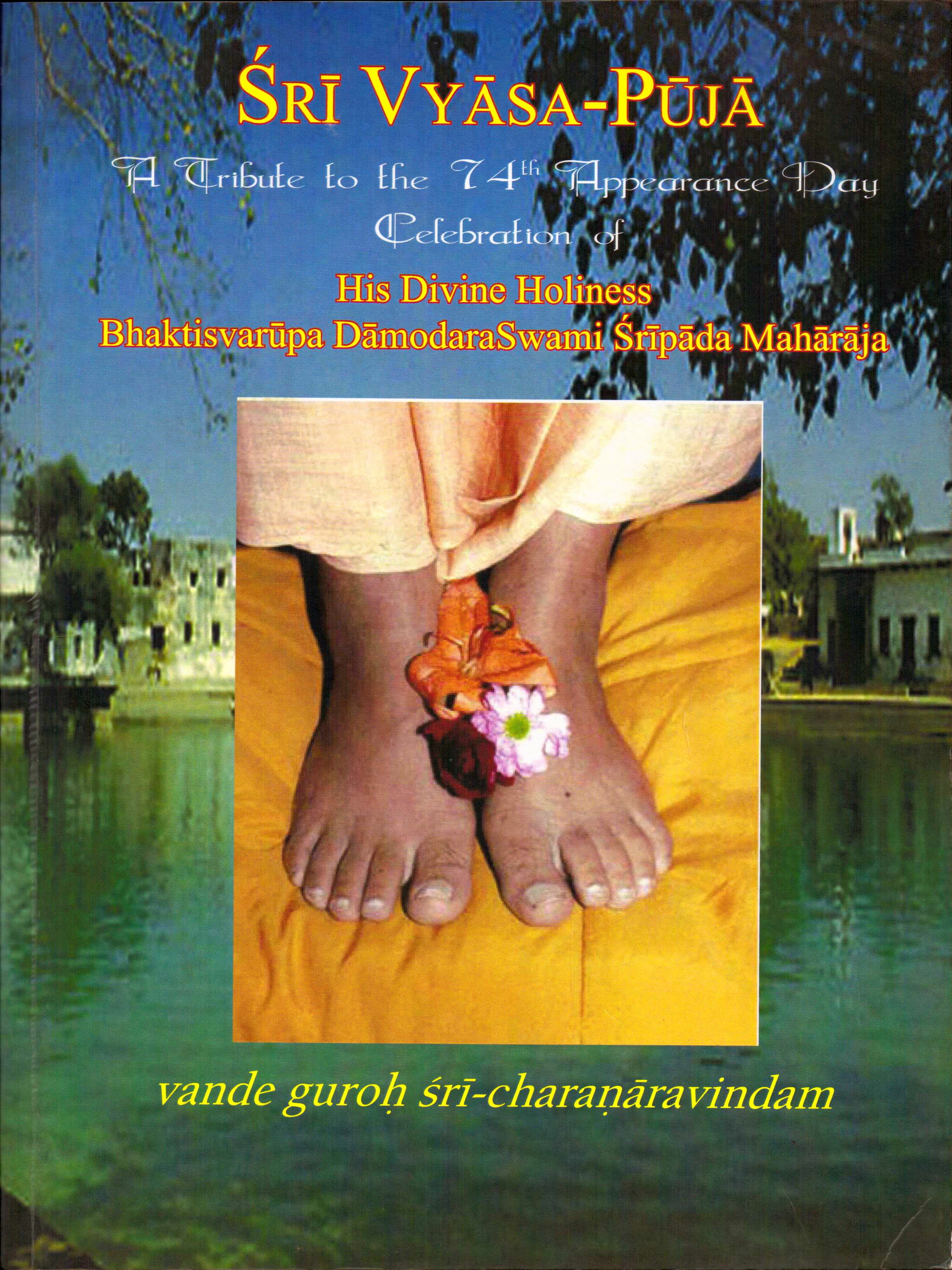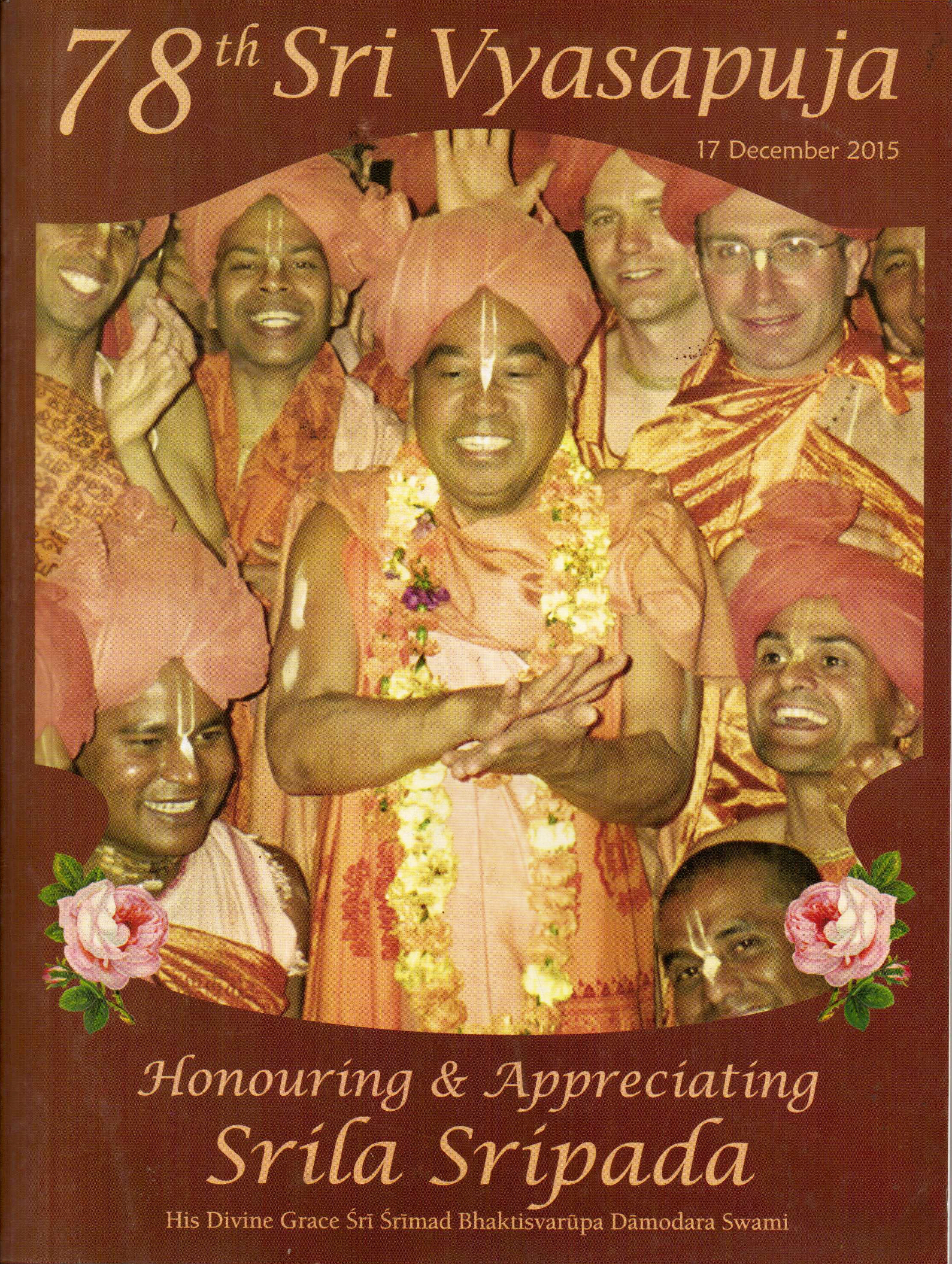Art and Culture

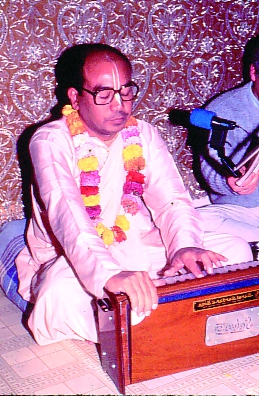
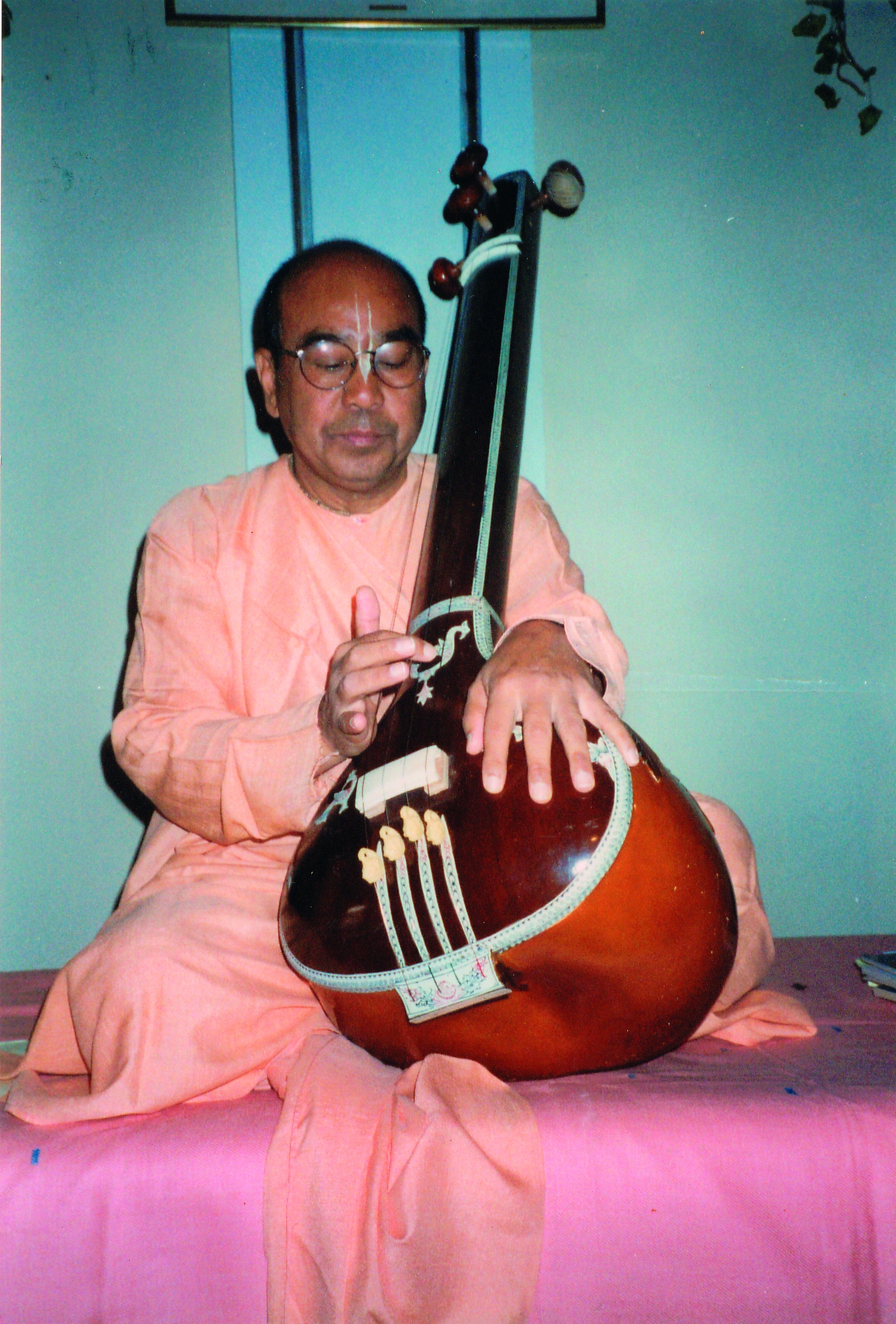
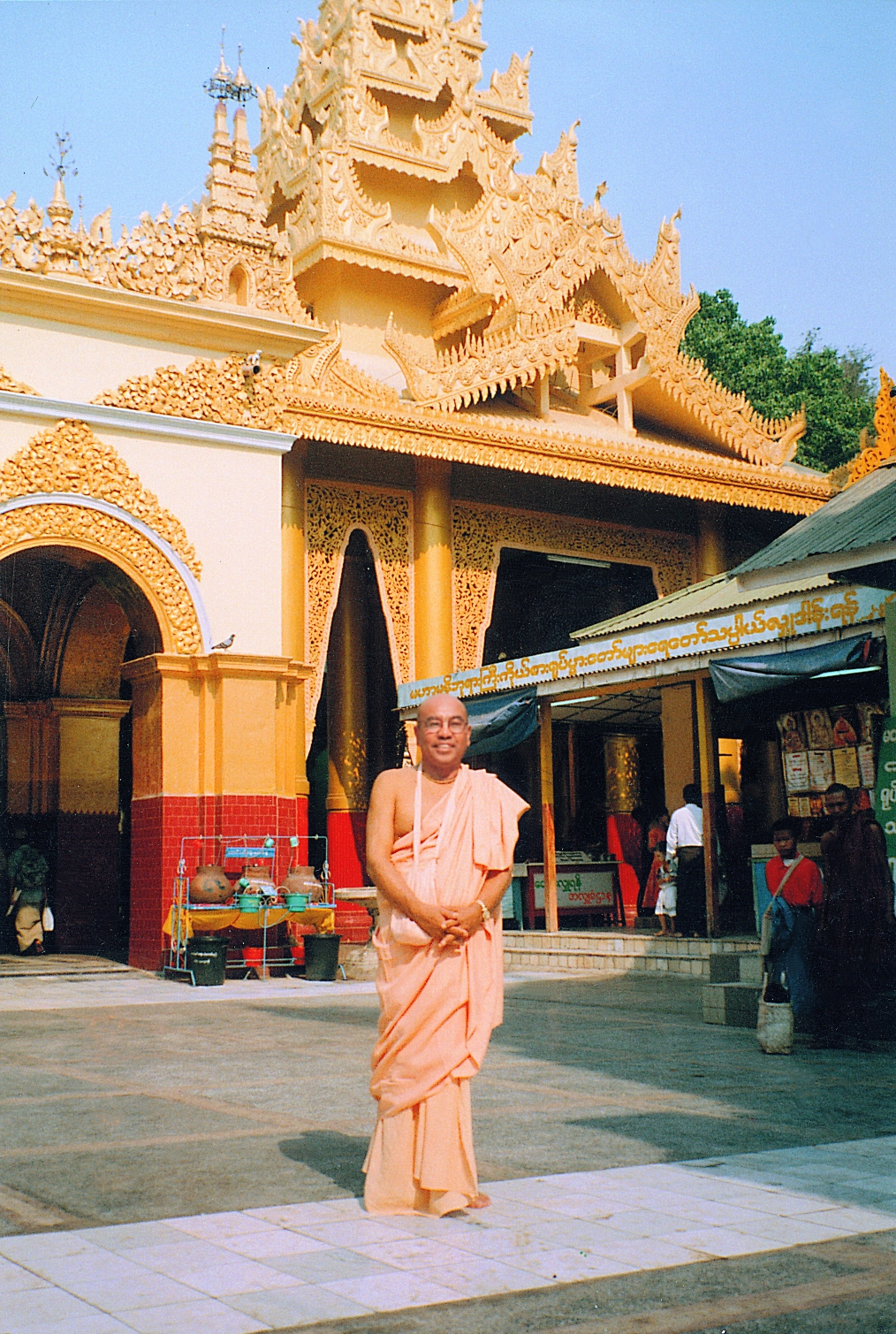


“People from various corners of the world will come much closer to each other, in friendship and understanding, through the Universal language of art and culture.”
– Srila Bhaktisvarupa Damodara Maharaja
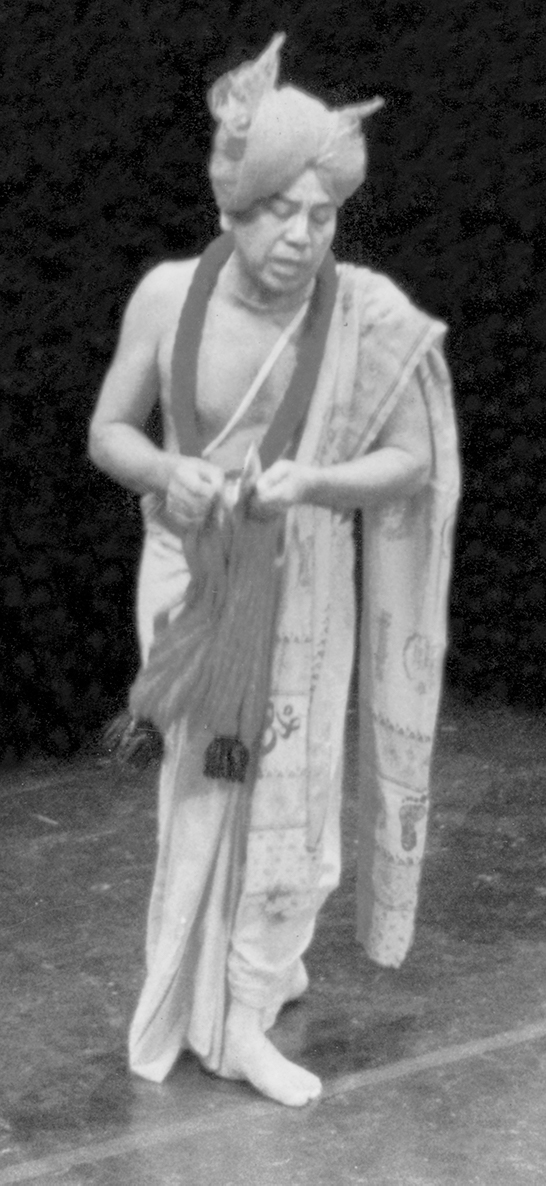
Manipur is a land of art and culture. It is one of the cultural hubs of India. Along with his other commitments, Dr. Singh was an active promoter of the wonderful Manipuri culture. He founded the Ranganiketan Manipuri Cultural Arts Troupe in 1989 in order to introduce the Bhagavata Culture and Arts of Manipur to the world. “Ranganiketan”, which means “House of Colorful Arts”, is a diverse group of dancers, musicians, singers, martial artists, choreographers and craft artisans. Ranganiketan began its first international tour in 1990, with engagements in Europe and North America and has since then toured all over the world on a regular basis
When arranging Ranganiketan’s world tours, Dr. Singh used to place a special emphasis on educational programs. More than half of Ranganiketan’s performances take place before young audiences. Carefully created instructional materials prepare students for the performance, and lectures and demonstrations help them to further understand what they have seen. In 1993, Dr. Singh wrote a section for the Los Angeles County Music Center’s Artsource and for the Mcgraw-Hill Textbook Series/Performing Arts Audio-Visual Units. Artsource is a teacher’s guide and, along with the Mcgraw-Hill Textbooks, is used to educate the over one and a half million students of Los Angeles County. McGraw-Hill Education is the largest kindergarten through the 12th grade publisher in the USA and a leading global publisher of educational and professional subject matters.
The materials written by Dr. Singh were descriptions of the Rasa Lila pastimes of Sri Sri Radha-Krishna and of the beautiful nature of Vrindavan. There is already a contract between the Los Angeles Music Center and Ranganiketan for the use of the materials till the year 2012.
As director of Ranganiketan, Dr. Singh had, through approximately 600 performances at over 300 venues in over 15 countries, introduced Bhagavata Culture to more than a million people. Some of the prestigious places where Ranganiketan has performed are: The Kennedy Center for the Performing Arts, Washington DC; EPCOT Center, Walt Disney World; The World Music Institute, New York; Los Angeles Music Center; Seattle International Children’s Festival, and Singapore National Arts Festival. Ranganiketan is one of the largest, most frequently booked, cultural arts troupe hailing from India.
The Government of India sent Ranganiketan on a mission of goodwill to Syria, Egypt and Iraq in 2001. Ranganiketan participated in the Bosara International Folk Dance Festival, which had an audience of over 10,000 people. They performed in Damascus, Homs, Cairo, and at the Babylon International Festival in Baghdad. They also performed at cultural functions organized at the Indian Embassy and the Indian Cultural Centre in Iraq. Wherever Ranganiketan went, it attempted to spread the message of peace, friendship and prosperity through its music, songs and dances of Manipur.
In 2000, the Malaysian Ministry of Culture invited Dr. Singh and Ranganiketan for an international drumming festival in Kuala Lumpur. The Minister of Culture, after witnessing Dr. Singh during some of the performances, in the spirit of cross cultural exchange, arranged for him a special visit to the Masjid Sultan Salahuddin Abdul Aziz Shah, one of the world’s largest mosques. The Tok Imam Besar in charge of the mosque received Dr. Singh with great honor and respect and gave him a grand tour of the mosque. In this regard, Dr. Singh has said, “Cultural art is a very significant part of life. People from various corners of the world will come much closer to each other, in friendship and understanding, through the universal language of art and culture.”
Along with presenting Manipur’s Culture throughout the world, Dr. Singh also brought representatives of the world’s cultural traditions to Manipur. Dr. Singh, as both a scientist and a saint, used to say, “I am doing the chemistry of cultures.”
Martial arts, drumming and Rasa Lila dance dramas constitute the major part of a Ranganiketan performance. The martial arts tradition of the Manipur was inherited from their forefathers who had to defend themselves from the attack of neighboring countries. In the spirit of Chitrangada, the famed warrior princess of Manipur, women also participate in martial arts presentations.
The main drums of Manipur are the dhol, dholak and pung. Among them the two-headed classical pung drum, made from the seasoned woods of the jackfruit and wang trees, is an indispensable part of the lives of Manipuri Vaishnavas because it is used during the Hari Nama Sankirtan (chanting of Lord’s names) which is performed at all religious and social ceremonies. In Manipur, drumming is a graceful art form, involving dynamic movements of the head, legs and entire body. The musical pung is characterized by its ability to create sounds ranging from a soft whisper to a thunderous climax. The virtuosic and acrobatic drum dances of Manipur are a powerful blend of complex talas or rhythms with the devotional mood of Vaishnava saints like Narottama Dasa Thakur.
In Manipur, Rasa Lila performances can last up to eighteen hours and can feature 216 dancers. Although shorter in duration and smaller in size, Ranganiketan’s performances evoke the same devotional emotions in those who witness them. In this regard, Lewis Segal, one of America’s most respected dance critics, wrote in one of the largest newspapers in America, the Los Angeles Times, “The most exquisite Ranganiketan export, however, was easily ‘Vasanta Rasa’, a classical ritual depicting the God Krishna interacting playfully with His milkmaids. Accompanied by flute, drum, tiny cymbals and a woman’s singing, it definitely reflected the humor, refinement and spirituality of the Manipuri people. In their layered short-sleeved tops over stiff wide, gleaming, bell-like skirts, these milkmaids looked like nothing else on Earth, and showering Krishna with flower-petals, they created a memorably joyous dance spectacle.”
VyasaPuja
The Most Blessed Event
